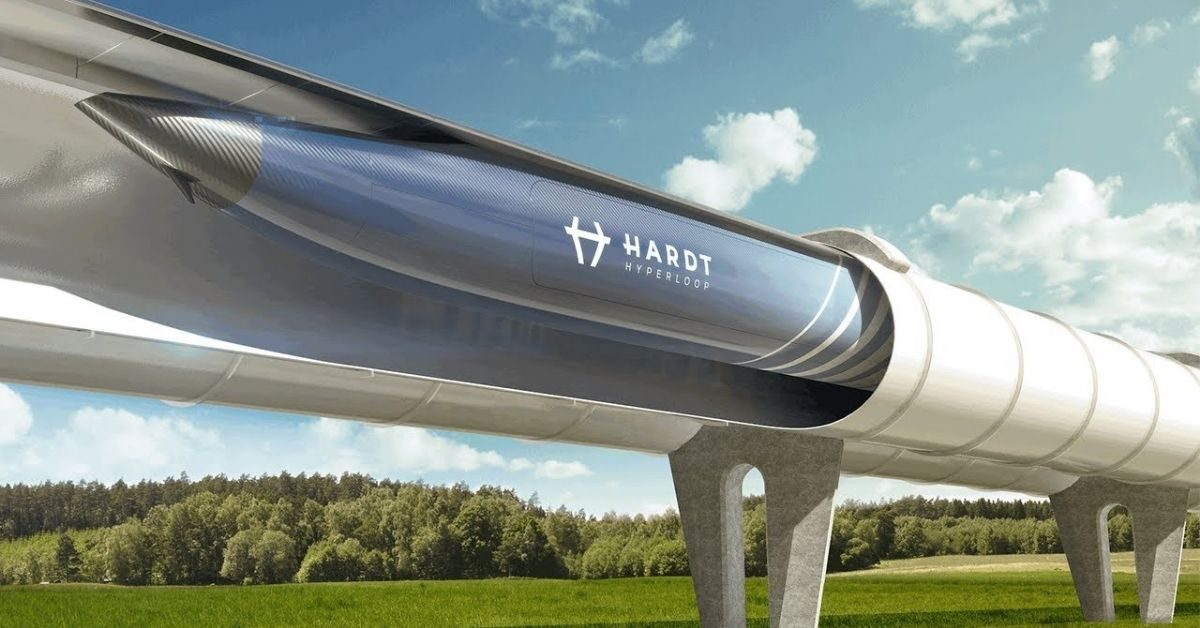Tata Steel and TuTr Hyperloop have signed a memorandum of agreement (MoA) at IIT Madras, to jointly work on the development and deployment of hyperloop technology at scale. The main research areas will focus on key challenges of design and materials selection.
Debashish Bhattacharjee, Vice-President, Technology and New Materials Business, Tata Steel, said: “We encourage and foster homegrown technologies and are committed to drive them towards commercial success. Globally, hyperloop holds huge potential for high-speed sustainable transportation of tomorrow.
We believe that this disruptive mobility technology can achieve its stated objective through concerted efforts of TuTr Hyperloop and Tata Steel.”
According to the statement released on December 27, hyperloop is a future option for high-speed, low cost, sustainable transport system for both passengers and cargo. The hyperloop system has key elements such as tubes, pods, propulsion systems, and track. Autonomous, levitated pods travel through a network of evacuated tubes.
R Balaji, Co-founder and CEO, TuTr Hyperloop, said: “We are delighted to be working with Tata Steel on this breakthrough project. We are currently developing and testing various options to make hyperloop technology solution a global benchmark in terms of cost and efficiency. To meet this objective, we need to leverage the capabilities of global leaders like Tata Steel…”
TuTr, a deep tech startup incubated out of IIT-Madras, is a front runner in this space and is promising a low-cost hyperloop solution as its key value proposition. TuTr has unique strength in pod and propulsion system design.
According to the statement, Tata Steel and TuTr jointly aim to design, develop, and scale up the technology for commercialisation.
The phase-I work will happen on the 50-m test track at Indian Institutes of Technology – Madras (IIT-Madras). The subsequent work to achieve a 10-km track will be completed in Phase II and III involving a consortium of other industry partners from the automotive, construction and engineering sectors.







